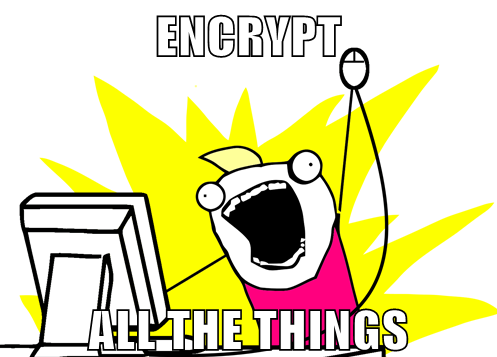MX Backup - Postfix Email Server
By far the most popular set of articles I have written is my Raspberry Pi Email Server tutorial. Clearly, there are plenty of people who don't like relying on freemail providers like Yahoo, Outlook and Gmail for a variety of privacy and security reasons. However, there is one major drawback of hosting your own email server: if your server is taken offline for maintenance, or your internet connection is interrupted, then incoming email can not be delivered and may bounce. This tutorial will describe how to set up another server to act as an MX backup. The backup server will be hosted on a separate internet connection with a different WAN IP address, and have a lower priority than your primary mail server in your Mail Exchanger (MX) DNS record. When your primary server is offline other MTAs will send email to the backup instead, and the backup will hold them until your primary mail server comes back online, and then deliver them. No more bounced emails. The biggest challenge when setting up a backup MX is convincing a friend or family member to allow you to run a RasPi or some other server on their network; the rest of the setup is a breeze compared to the full mail server installation described in the main tutorial, because fewer components are required (just Postfix). This guide is written for Debian and its derivatives (Raspbian, Ubuntu etc.) but since a basic postfix installation is more or less the same across different distributions you should be able to use it for any distro. My backup server runs openSUSE.
 Google
Google  If you run your own website, email server or other services like OwnCloud at home then you may find yourself in need of a SSL certificate. When you install Apache, it generates a self-signed "snakeoil" certificate that can be used to encrypt your session. However, while this certificate is useful for testing purposes, it falls short in a couple of important ways:
If you run your own website, email server or other services like OwnCloud at home then you may find yourself in need of a SSL certificate. When you install Apache, it generates a self-signed "snakeoil" certificate that can be used to encrypt your session. However, while this certificate is useful for testing purposes, it falls short in a couple of important ways: OwnCloud is a free (libre), open source equivalent to DropBox. As well as the program you install on your server, it has free desktop sync clients for Linux, Windows and Mac, and apps for Android and iOS. I’m just going to cover the server side of things for your Pi in this tutorial, because the desktop client can be found in the Ubuntu repos, and the app is on the Play Store. If you want the Android app free of charge, then install it via
OwnCloud is a free (libre), open source equivalent to DropBox. As well as the program you install on your server, it has free desktop sync clients for Linux, Windows and Mac, and apps for Android and iOS. I’m just going to cover the server side of things for your Pi in this tutorial, because the desktop client can be found in the Ubuntu repos, and the app is on the Play Store. If you want the Android app free of charge, then install it via  You may find it useful if you have a slow internet connection at home that causes iPlayer to stutter, or if you want to download a TV show and watch it later when you’re not connected to the internet (e.g. on a tablet during a long plane journey).
You may find it useful if you have a slow internet connection at home that causes iPlayer to stutter, or if you want to download a TV show and watch it later when you’re not connected to the internet (e.g. on a tablet during a long plane journey).